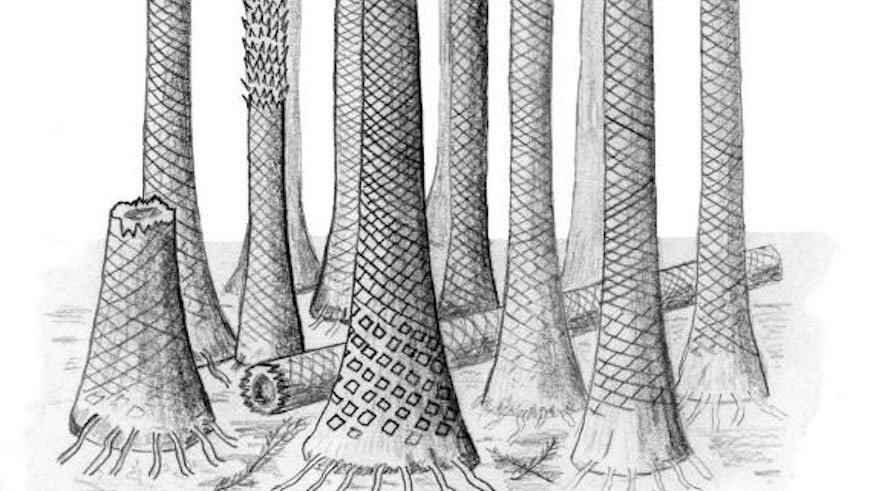Grant awarded to reconstruct ancient forests
18 Gorffennaf 2016

Dr Christopher Berry, a senior lecturer from the School of Earth and Environmental Sciences, has been awarded a National Geographic Society grant to reconstruct ancient fossil forests.
The project, entitled “Reconstructing the oldest fossil forests of woody trees on Svalbard” has been awarded €19,000 Euro by the Science and Exploration in Europe branch of the National Geographic Society. Dr Berry and the team are preparing to begin their fieldwork in Svalbard, an archipelago located between mainland Norway and the North Pole, this week.
Research has shown that the Earth was not always a forested planet. Plants only began to diversify and spread in the Devonian Period, between 420-360 million years ago, with the first forest ecosystems forming in the Mid to Late Devonian. However, only two fossil forests from this period have ever been examined, the Gilboa fossil forest in New York and a club moss (lycopsid) forest from Svalbard. Forests and the large plants that grow in them have a significant and irreversible impact on the Earth’s atmosphere, soils, and climate. Looking at the evolution of ancient forests can therefore give scientists vital clues about changes to the Earth and their effects.
Dr Berry and his team will use the grant to examine a newly discovered and undocumented type of fossil forest in the Svalbard region. This forest is particularly interesting for researchers due to the types of trees that once grew there. These archaeopteridalean trees, which were predecessors of modern conifers, have advanced rooting systems and leafy branches, and their trunks are preserved in their life position.
Fossilised branches and leaves of this tree species were first discovered in this region in the 1920s, but their exact location had been lost until recently when the historical accounts from these expeditions were uncovered and translated. This will be the first time that scientists relocate the original site.
From the samples collected during the fieldwork, the team hope to describe and reconstruct a new type of Devonian age fossil forest, including an accurate date, and better understand the impact of the first forests on the environment and on the atmosphere.